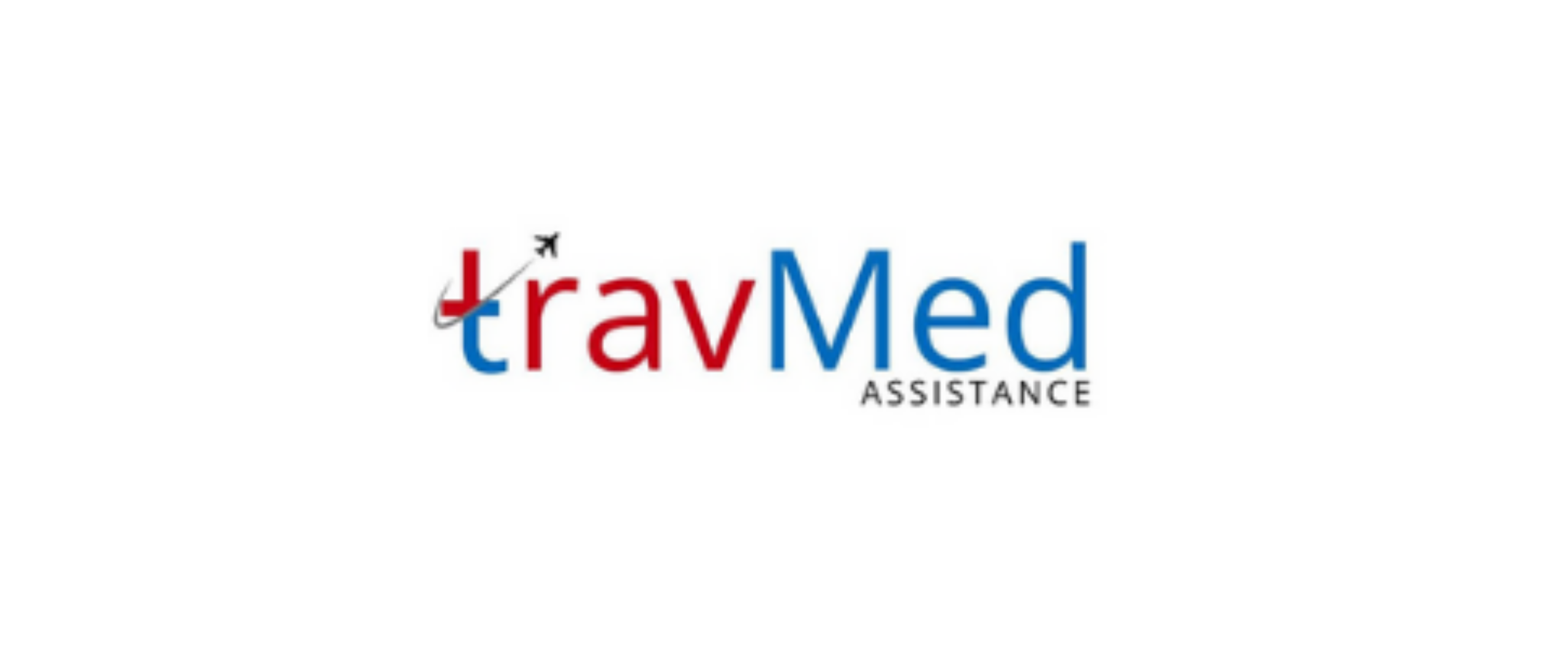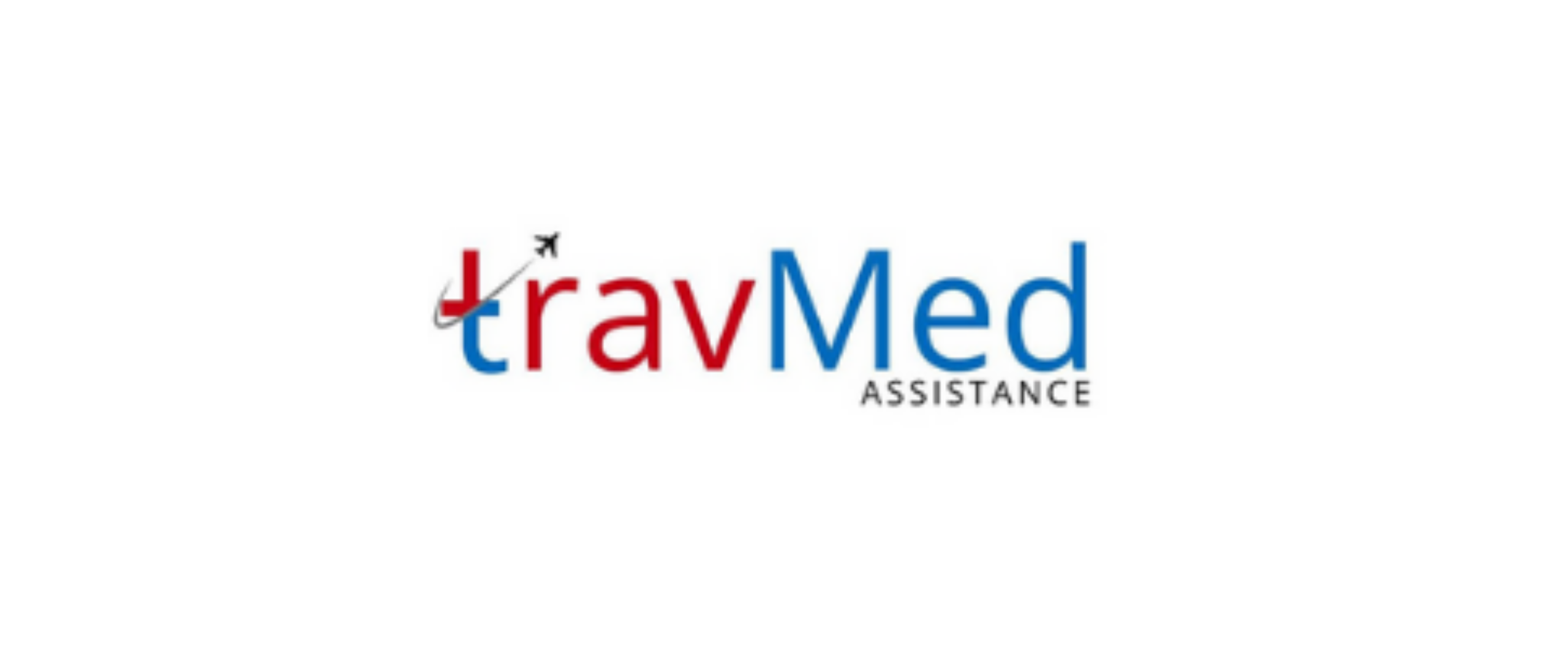
Emergency medical services for travelers in Nepal encompass a range of urgent healthcare provisions designed to address sudden illnesses, injuries, or medical crises while visiting the country. These services include immediate medical attention, ambulance transportation, emergency room care, and coordination with local hospitals. Travelers can access these services in case of accidents, severe illnesses, or exacerbation of pre-existing conditions. The primary goal is to stabilize patients and provide necessary medical interventions promptly. In Nepal, these services are particularly crucial due to the country’s diverse geography and potential for adventure-related injuries. Emergency medical services also often involve communication with the traveler’s insurance provider and assistance with medical evacuations if required.
Who provides emergency medical services in Nepal?
In Nepal, emergency medical services are provided by a combination of government and private entities. The government-run Nepal Ambulance Service operates in major cities like Kathmandu, Pokhara, and Bharatpur. Private hospitals and clinics also offer emergency services, with some specializing in treating foreign travelers. Organizations like the Himalayan Rescue Association provide emergency medical assistance in remote trekking areas. International medical assistance companies often partner with local providers to ensure comprehensive coverage for their clients. Additionally, some embassies and consulates in Nepal maintain lists of recommended medical facilities and can assist in emergencies. The Nepal Red Cross Society also plays a role in emergency response, particularly during natural disasters. It’s worth noting that the quality and availability of services can vary significantly between urban and rural areas in Nepal.
How do emergency medical services work for travelers?
Emergency medical services for travelers in Nepal typically begin with a call to the service provider or the local emergency number (102). The dispatcher assesses the situation and dispatches appropriate resources, such as an ambulance or medical team. In urban areas, ambulances are equipped with basic life support equipment and staffed by trained paramedics. Upon arrival at the scene, the medical team provides initial assessment and treatment. If necessary, the patient is stabilized and transported to the nearest suitable medical facility. For travelers in remote areas, helicopter evacuations may be arranged. Throughout the process, the emergency service provider often coordinates with the patient’s travel insurance company to ensure coverage and arrange payment. In some cases, especially for serious conditions, the service may facilitate medical evacuation to a more advanced facility in Kathmandu or even to another country if required.
What documents are required for emergency services?
For emergency medical services in Nepal, travelers should have the following documents readily available:
- Passport
- Travel insurance policy details
- Medical history and current medication list
- Emergency contact information
- Any relevant medical records or prescriptions
- Credit card for potential upfront payments
Having these documents accessible can significantly expedite the process of receiving emergency care. It’s advisable to keep digital copies of these documents stored securely online or with a trusted contact. In cases where the traveler is unable to communicate, having this information readily available can be critical for healthcare providers to make informed decisions about treatment. Some travelers choose to wear medical alert bracelets or carry cards with essential medical information in case of emergencies where they cannot speak for themselves.
How much do emergency medical services cost?
The cost of emergency medical services in Nepal can vary widely depending on the nature of the emergency, location, and type of facility providing care. In government hospitals, costs are generally lower but may still be significant for travelers. Private hospitals, especially those catering to international patients, tend to be more expensive. Ambulance services in urban areas typically charge a base fee plus a per-kilometer rate. For remote areas, helicopter evacuations can cost several thousand dollars. Emergency room visits can range from $50 to $500 or more, depending on the treatment required. Inpatient care costs can quickly escalate into thousands of dollars for serious conditions. It’s worth noting that many facilities in Nepal require upfront payment or a substantial deposit before providing treatment. This underscores the importance of having comprehensive travel insurance that covers emergency medical services and evacuations.
How long does it take to respond to emergencies?
Response times for emergencies in Nepal can vary significantly based on location and available resources. In urban areas like Kathmandu, ambulance response times typically range from 15 to 30 minutes. However, traffic congestion can sometimes extend this timeframe. In more remote or rural areas, response times can be considerably longer, potentially taking hours. For trekking emergencies in the Himalayas, helicopter evacuations may take several hours to arrange and execute, depending on weather conditions and the specific location. It’s important to note that Nepal’s challenging terrain and infrastructure limitations can impact response times. During natural disasters or in peak tourist seasons, response times may be further extended due to increased demand on emergency services. Travelers should be aware of these potential delays and plan accordingly, especially when venturing into more remote areas of the country.
Are services available for foreign travelers?
Emergency medical services in Nepal are indeed available for foreign travelers. Many hospitals and clinics in major cities like Kathmandu and Pokhara have experience treating international patients and often have English-speaking staff. Some facilities specifically cater to tourists and expatriates, offering higher standards of care and more Western-style amenities. However, the availability and quality of services can vary significantly outside urban centers. In remote areas, basic medical facilities may be the only option initially, with more advanced care requiring evacuation to larger cities. Travel insurance companies often have agreements with specific hospitals and can guide travelers to appropriate facilities. Some international medical assistance companies also operate in Nepal, providing services tailored to foreign travelers. These may include telemedicine consultations, coordination with local healthcare providers, and assistance with medical evacuations if necessary.
How reliable are emergency medical service providers?
The reliability of emergency medical service providers in Nepal varies depending on location and the specific provider. In major cities, particularly Kathmandu, there are several well-equipped hospitals and clinics that provide reliable emergency services. These facilities often have modern equipment and experienced staff, some of whom have received training abroad. However, in rural areas, the reliability of services can be more variable due to limited resources and infrastructure. The government-run Nepal Ambulance Service has made strides in improving emergency response in urban areas, but coverage remains limited in more remote regions. Private ambulance services and hospitals generally offer more consistent service quality but at higher costs. International medical assistance companies operating in Nepal typically maintain high standards of reliability, leveraging local partnerships and global resources. It’s important for travelers to research and choose reputable providers, particularly when venturing outside major urban centers.
Can services be provided in remote areas?
Emergency medical services can be provided in remote areas of Nepal, but with significant challenges and limitations. In trekking regions like the Annapurna and Everest areas, basic medical facilities are available at certain points along popular routes. These may be staffed by volunteer doctors or local health workers with basic training. For more serious emergencies in remote areas, helicopter evacuations are often the only viable option. Organizations like the Himalayan Rescue Association specialize in providing medical assistance in these regions. However, weather conditions, terrain, and limited landing sites can complicate rescue efforts. In some remote villages, local health posts may offer very basic care, but their capabilities are often limited. Travelers venturing into remote areas should be prepared for potential delays in receiving advanced medical care and consider carrying basic first aid supplies. Travel insurance that covers helicopter evacuations is highly recommended for those exploring Nepal’s more isolated regions.
How do I contact emergency medical services in Nepal?
To contact emergency medical services in Nepal, travelers can use the following methods:
- Dial 102 for ambulance services (primarily in urban areas)
- Call 100 for police assistance in emergencies
- Contact your travel insurance provider’s 24/7 emergency hotline
- Reach out to your embassy or consulate for assistance and guidance
- Call the Nepal Tourism Board helpline at +977 1 4256909
- Contact the Himalayan Rescue Association at +977 1 4440292/4440293 (for trekking emergencies)
- Use the local contact numbers of hospitals or clinics in your area
It’s advisable to save these numbers in your phone and have them written down before traveling to Nepal. In remote areas where phone service may be limited, inform your trekking guide or lodge owner of any medical emergencies. They often have local knowledge and contacts to arrange assistance. Some trekking companies also provide satellite phones or emergency beacons for use in areas without cellular coverage.
Are services available 24/7 in Nepal?
Emergency medical services are available 24/7 in major cities and tourist hubs of Nepal. Hospitals like Norvic International Hospital, CIWEC Hospital, and Grande International Hospital in Kathmandu offer round-the-clock emergency services. The Nepal Ambulance Service also operates 24/7 in areas where it’s available. However, in smaller towns and rural areas, 24/7 availability may be limited. Some local clinics and health posts may have restricted hours or on-call services during nights and weekends. In remote trekking areas, while basic medical facilities may not be staffed 24/7, emergency evacuation services can typically be activated at any time, weather permitting. It’s important to note that response times and service quality may vary during late-night hours, especially in less urban areas. Travelers should be aware of the nearest 24/7 facilities in their area and have emergency contact numbers readily available at all times.
How is patient care ensured in emergency services?
Patient care in emergency services in Nepal is ensured through various measures, although standards can vary across different providers and locations. In well-equipped urban hospitals, patient care typically follows international protocols. These facilities often have trained emergency physicians, nurses, and modern diagnostic equipment. Triage systems are used to prioritize patients based on the severity of their conditions. Many hospitals have implemented electronic health record systems to ensure accurate and timely patient information. Quality assurance programs and regular staff training are common in larger hospitals. In ambulance services, paramedics are trained to provide basic life support and stabilize patients during transport. However, in rural areas, the level of care may be more basic due to resource limitations. International medical assistance companies often monitor the quality of care provided to their clients and can facilitate transfers to more advanced facilities if necessary. Patients’ rights and informed consent are increasingly emphasized in Nepal’s healthcare system


